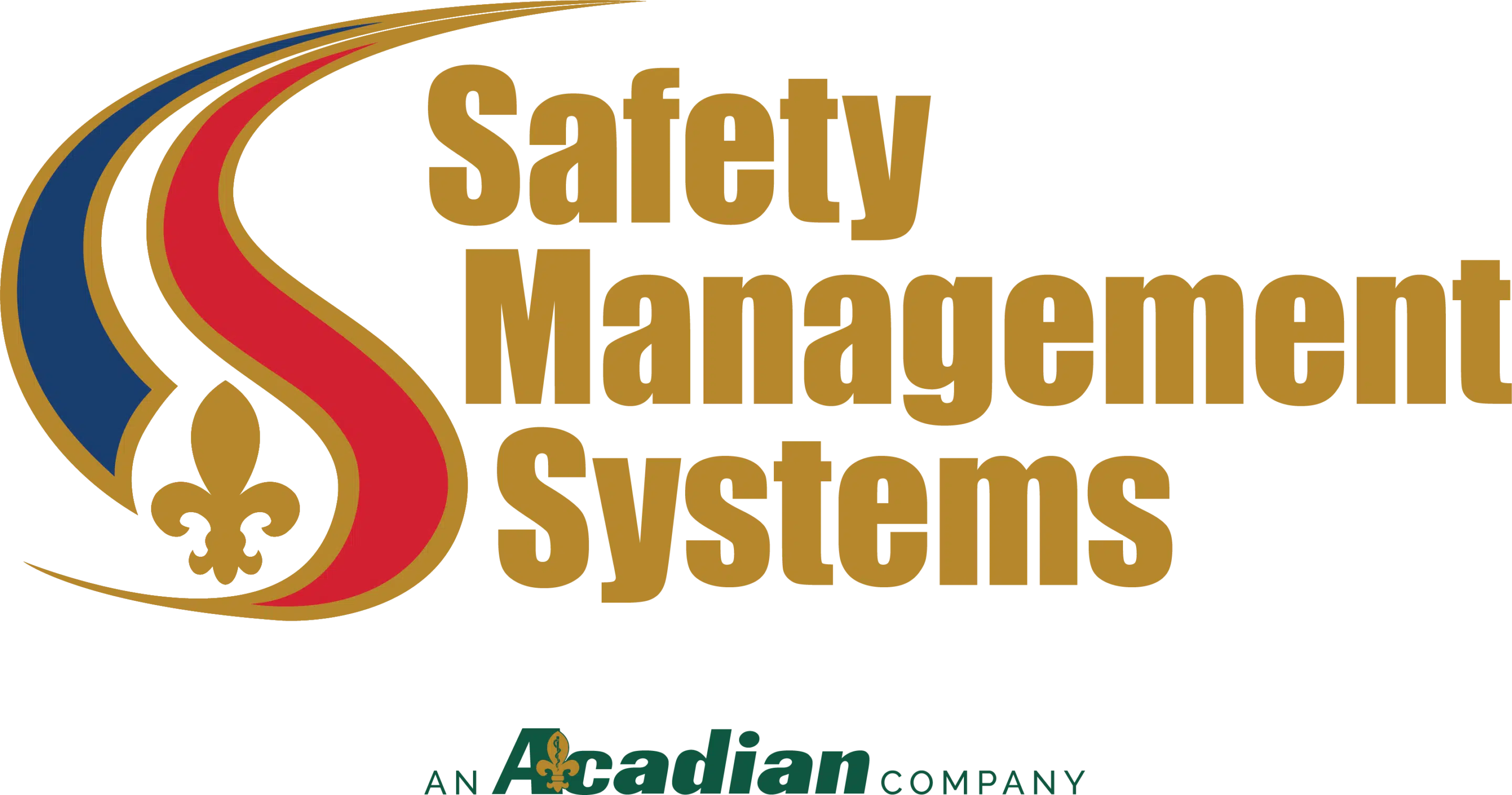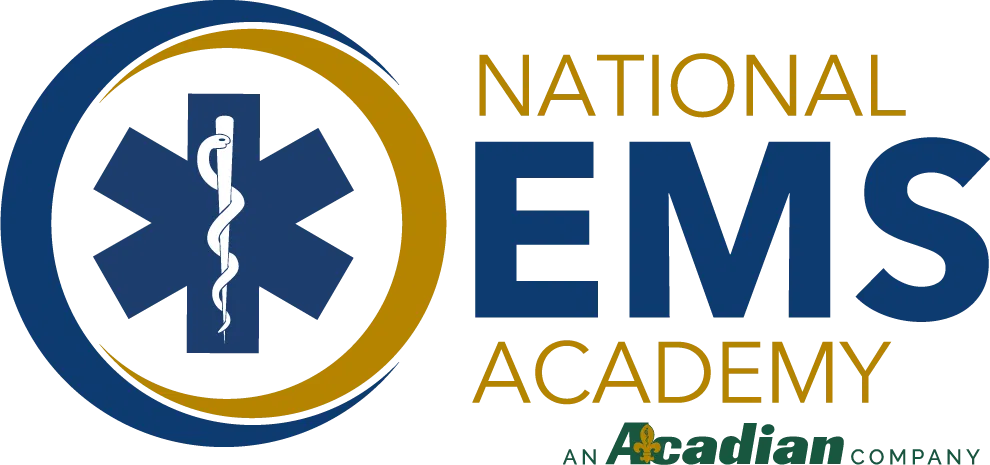Hurricanes can strike anywhere along the Gulf of Mexico and Atlantic coasts. United States coastal areas are especially vulnerable to hurricane destruction because of their topographical makeup and heavy population concentrations. These areas are where most of the U.S. hurricane-related fatalities occur. It’s important to be prepared for a hurricane, even if the storm isn’t expected to head in your direction.
For the oil and gas industry, offshore platforms are particularly susceptible to damage. However over the past ten years , lessons have been learned. Today, platforms are evacuated more often and earlier than years past. Crews are kept together for easy response and recovery.
, lessons have been learned. Today, platforms are evacuated more often and earlier than years past. Crews are kept together for easy response and recovery.
Your team needs to be prepared for the unexpected; the time to prepare is NOW. Safety Management Systems wants to you to be prepared before, during and after the storm.
PLAN AND TAKE ACTION
Supplies Kit
- Put together a basic disaster supplies kit and consider storage locations for different situations. Since you do not know where you will be when an emergency occurs, prepare supplies for home, work, and vehicles.
- Your supply kit should include the following:
- Ten day supply of prescription medication
- Water (one gallon of water per person per day)
- Non-perishable food items
- Bedding and clothing
- Tools and emergency items such as flashlights, batteries, and sanitation supplies
- Keep your supplies in an easy-to-carry emergency preparedness kit that you can use at home or take with you in case you must evacuate.
Evacuation
- Prepare your home:
- Board up windows
- Turn off main electrical power switch and main water valve
- Turn off propane tanks
- Unplug appliances
- Bring your basic disaster supplies kit
- Take a copy of all important documents and store in a waterproof container and in a secure location
- Make sure your gas tank is full before getting on the road. Bring a full gas container as well.
During the Storm
- Listen to your local radio stations for the most up-to-date information
- Turn the refrigerator and freezer to its coldest setting and keep its doors closed
- Avoid using the phone except for emergencies
- Stay indoors and away from windows and glass doors
- Close ALL interior doors
- Take refuge in a small interior room, closet, or hallway on the lowest level of your home
After the Storm
- If you have evacuated, return only after the all clear is given for your area
- Do not venture on to roads until you have been advised they are passed and safe
- Carefully inspect your home and perform an exterior assessment for safety issues
- Be on the lookout for downed power lines and avoid if identified
- Do not enter your home if you smell gas or other toxic fumes
- If any safety issues are present, have your home inspected by a qualified building inspector or engineer
- Watch for and avoid loose animals and poisonous snakes
- Avoid carbon monoxide poisoning hazards; DO NOT operate generators, grills, or other gas operated appliances indoors
Remember, recovering from a natural disaster is usually a gradual process. Make a plan, and stay informed for when a hurricane strikes.














